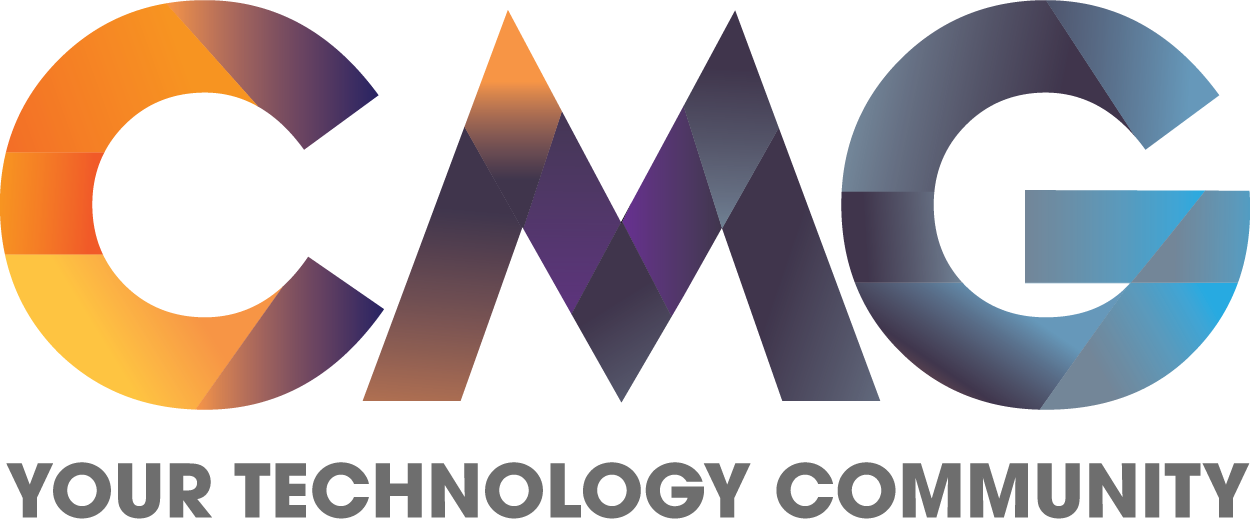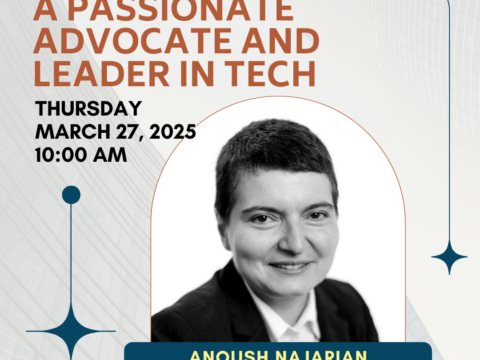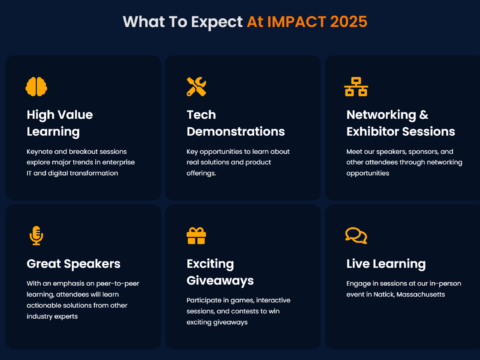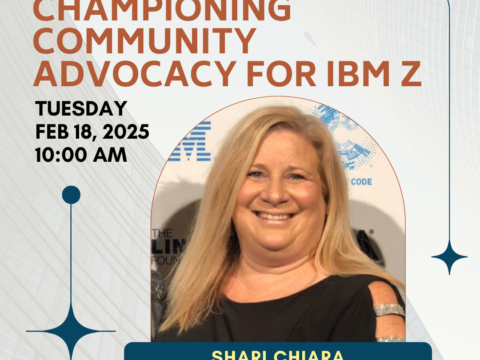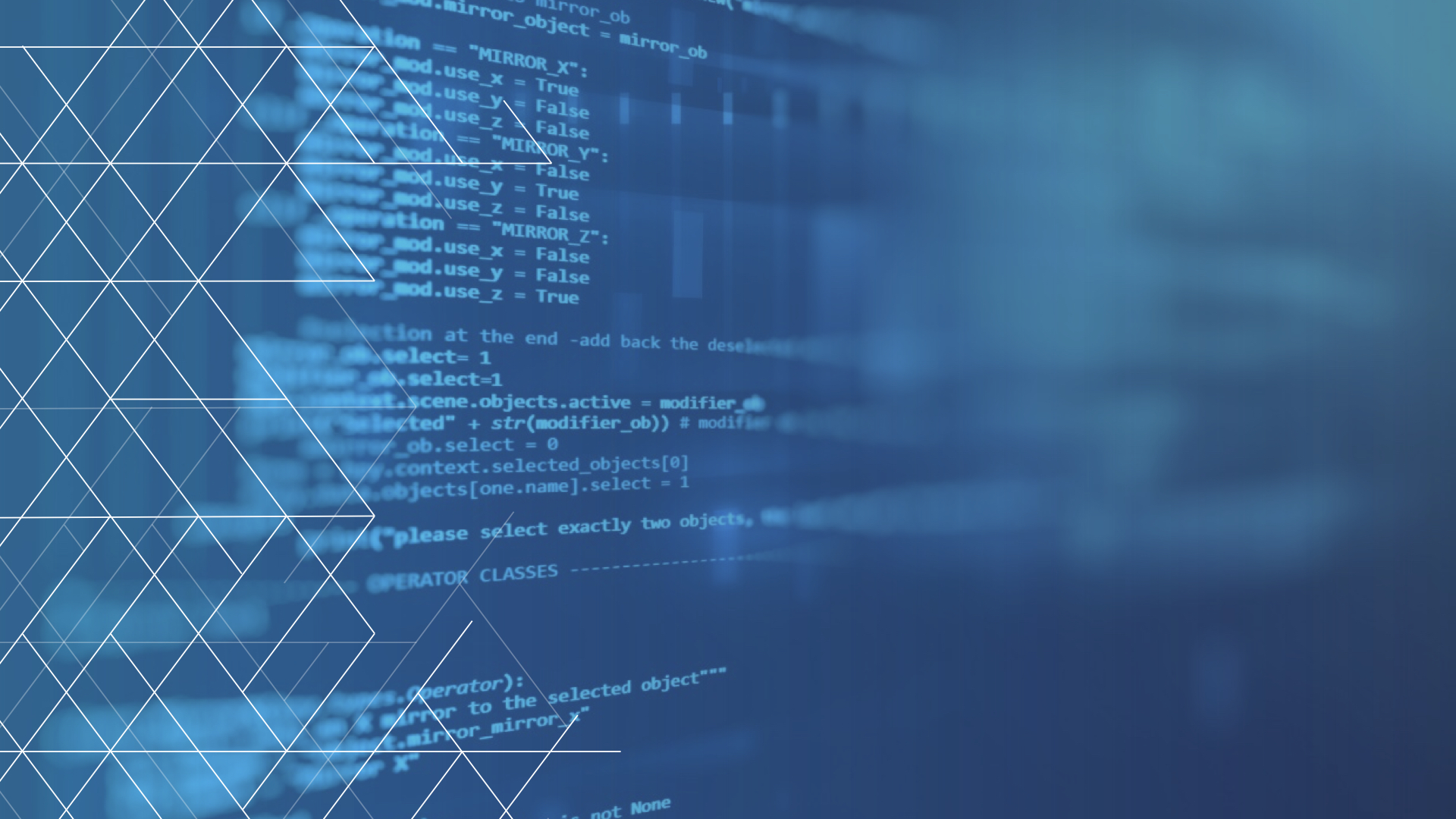By Amanda Hendley, CMG Managing Director
If there is one constant in our collective business lives, it is that the proverbial cloud has come to represent the majority of IT processes for all of us. The cloud, after all, now accounts for seemingly everything, from our personal lives and how we interact with each other socially, to how we manage our finances, travel, shop, and so on. More importantly, the cloud represents the infrastructure where all of that personal interaction resides.
It’s no surprise that the cloud has digitally transformed our world. But the question becomes, how do we leverage that digital transformation in ways that we have never thought of before? It is for this reason that CMG presents cloudXchange, a way for experts of all types to come together to share best practices—as well as the good, the bad, and the ugly—to mitigate simple risks, such as not making the same mistake twice.
I’m incredibly excited knowing what’s in store for attendees and sponsors alike. It has always been our mission to bring the best and the brightest into the spotlight, making CMG a beacon for digital transformation—the epicenter for all things IT-related—and representing the gamut from performance to infrastructure and beyond.
However, this year represents something far bigger. For CMG internally, we are going through our own transformation—a new brand, and a highly modernized infrastructure to make our experience better than ever for both our members and sponsors.
And, with that in mind, we knew that this year’s cloudXchange had to represent a giant leap forward, encompassing ideas, speakers, and more that, collectively, represent our collective bright futures.
So, we are proud to announce that this year we are bringing executive technical speakers from companies such as Uber and Netflix, among others, who will be bringing with them a vision of the future that will together drive all business processes for years to come.
I look forward to virtually meeting everyone in the cloud on June 19, 2018.
SESSIONS
Let’s Get Real About Self Driven IT Ops – Jeff Henry, CA Technologies
Jeff Henry is a Vice President of Product Management at CA Technologies. Jeff is responsible for the Workload Automation across distributed and mainframe systems, and the IT Operations and Automation mainframe portfolio of products. Jeff is passionate about blending the disciplines of Product Management, Engineering and Design, placing results-based customer experiences as the primary target in delivering innovative and differentiated value to our customers. Jeff joined CA in 2015 and has over 27 years of industry experience leading software organizations, specializing in business services delivery, cloud deployments, and bringing Systems of Engagement with Systems of Record for enterprise customers. He lives in Raleigh, NC with a wife and two children ages 12 & 13.
Containers are rivaled only by “blockchain” and “machine learning” in recent years’ hype trends, but they are still quite poorly understood. This talk exposes containers for what they are: ordinary processes, with a bit of isolation, resource quotas, and security sandboxing sprinkled on top. You will learn why containers are interesting and useful, how namespaces isolate containers from each other but can also be used to share resources between containers, how resource throttling works and how it affects the application runtime, and how to build minimal containers that don’t carry 500MB of Ubuntu userspace libraries and tools that you don’t need. At the end of the talk, you’ll be the go-to person for weird container tricks and scenarios.
Serverless In Production, An Experience Report
As engineers, we’re empowered by advancements in cloud platforms to build ever more complex systems that can achieve amazing feats at a scale previously only possible for the elite few. The monitoring tools have evolved over the years to accommodate our growing needs with these increasingly complex systems, but the emergence of serverless technologies like AWS Lambda has shifted the landscape and broken some of the underlying assumptions that existing tools are built upon – eg. you can no longer access the underlying host to install monitoring agents/daemons, and it’s no longer feasible to use background threads to send monitoring data outside the critical path.
Furthermore, event-driven architectures has become easily accessible and widely adopted by those adopting serverless technologies, and this trend has added another layer of complexity with how we monitor and debug our systems as it involves tracing executions that flow through async invocations, and often fan’d-out and fan’d-in via various event processing patterns.
Join us in this talk as serverless expert Yan Cui gives us an overview of the challenges with observing a serverless architecture, the tradeoffs to consider, the current state of the tooling for serverless observability and a sneak peek at some of the new and coming tools that will hopefully inform us what the future of serverless observability might look like.
The Journey to Cloud Through the Eyes of a Chief Architect
In this presentation, Kim Eckert will talk about a client’s journey to cloud where they can enter the journey at different points. She will talk about six different entry points: Plan and Deploy, Migrate, Refactor, adopt, extend, and scale. And she will also mention business drivers that drive adoption:
- Business Transformation – Customer’s want to shift their cloud strategy from ‘Utilization & Cost Improvements’ to ‘Delivering Strategic Business Value’
2. Application Modernization – Customer’s want to add cloud services to the existing apps
3. IT Optimization – Customer’s want to optimize the IT that they own & run
4. Big Data – Customer’s want to shift & scale big data from on-premise to cloud to exploit high value technologies like AI, IoT & Blockchain.
5. Security – The modern day business workplace creates a new set of security constraints for the heritage data center
6. Ecosystem – Customer’s want to gain access to an ecosystem where data, apps, services, and IP can be expanded, leveraged, and shared.
Kim will weave my customers experience and how they worked through all of the above.
Presentation on Perfomaly and CMG Online Training
In this video, Igor Trubin talks about the topic of his CMG training, Performance Anomaly Detection.
Lessons from Automating Cloud Clients Installation and Testing
This session is for those who want to get going with cloud computing quickly on their Mac laptops.
It is now frustrating to get cloud clients configured to work. The need to create AWS IAM users and AZ tenants and principals with pem files, ssh files, gdp files, etc. takes dozens of manual steps. Most instructions for client installation, configuration, and smoke testing refer to manual procedures which do not scale and are error-prone.
In this tutorial, Wilson Mar walks you through a bash script that he and colleague Wisdom Hambolu developed to speed up installation and configuration of clients accessing clouds.
github.com/wilsonmar/mac-setup/blob/master/README.md
Participants get an inside view of how the script was created to be idempotent with DevSecOps-style “”immutable architecture”” so one can start from a new MacBook and have all the latest apps ready to work in one command after specifying the apps desired.
During this presentation, attendees dissect the bash script so they can see how it overcomes technical idiosyncrasies to establish and verify each of dozens of components. Included in the review is CLI access to AWS EC2, Azure, and GCP clouds, and how to keep secrets on laptops.
During this presentation, attendees dissect the bash script so they can see how to overcome the idiosyncrasies to establish and verify each of dozens of components on their Mac laptop.
Continuous Load Testing Using Real Browsers from the Cloud
Tim Koopmans, Director of Load Testing at Tricentis, is a performance testing expert dedicated to making load testing accessible to everyone. Tim is co–founder of Flood IO, a cloud load testing platform designed for DevOps (Flood IO is now part of Tricentis). He also developed Ruby JMeter, a Ruby–based DSL for building JMeter test plans. Prior to Flood, Tim spent more than ten years as a performance and development consultant for companies across retail, finance, telecom, and government sectors. Tim also served as an Australian Army Officer for 10 years.
The Machines are Talking: The Ride of Anomaly Detection
There is renewed interest in Anomaly Detection today due to the expanding universe of sensors that monitor everything from your pulse and home temperature to large complex industrial machines, all of which generate time series data. For Industrial use cases, the interest is in preventive and predictive maintenance to cut down on maintenance costs and downtime of equipment. Examples include predicting failures of HVAC systems and elevators for property management and identifying potential signals of malfunction in machine engines. Many different statistical techniques exist for anomaly detection with some being more popular than others. In this presentation, we will take a close look at the types of anomalies that occur in time series and requirements for anomaly detection algorithms based on use cases. We will then look at some of the algorithms and results from our own internal work.
Business By The Numbers: Embedded Analytics for Devices, Edges and Servers
This presentation describes an Embedded Analytics architecture and programming language for devices, edge systems and servers. This enables sophisticated analytics functionality to be created in minutes, has a tiny memory footprint and considerable flexibility. Applications range from Internet of Things through to server and application monitoring. The presentation will include a live demonstration and review a number of practical applications.
Founded Telchemy in 1999, previously Chief Technical Officer for Hayes, Director Research & Strategy for Dowty Communications, System Architect with British Telecom, product development with Marconi Radar Systems. 30 years experience in real time communications, the design of packet voice/video systems, Quality of Service, Quality of Experience, network management, simulation and modeling. Holder of 20 patents, author of numerous standards including 12 IETF RFCs.
Measuring Client Performance & Inventing Teleportation
In this talk I’ll present some work we a doing to try and measure the experience our customers see when using Netflix. I’ll also talk about how we can use the date we have collected to enhance the experience for our developers by helping them understand what our customers are experiencing with the service.
Exposing the Cost of Performance Hidden in the Cloud
Whilst offering versatile elastic capacity, the cloud also introduces an old mainframe concept: chargeback, which rejuvenates the need for performance analysis and capacity planning. Combining JMX performance data with an appropriate performance model, we show how to assess fee-based EC2 configurations for a mobile-user application running on a linux-hosted Tomcat cluster. The performance model also facilitates ongoing cost-benefit analysis of different AWS Auto Scaling policies.
Neil Gunther is the Founder/Computer Scientist, Performance Dynamics. Performance Dynamics was founded in 1994 to provide consulting and educational services for the capacity planning and performance (CaP) management of enterprise computing infrastructure and large-scale web sites. Neil is co presenting with Mohit Chawla who is an Independent Engineer.
The World of Private and Hybrid Cloud
While most professionals across multiple industries all agree that cloud solutions are beneficial around instant provisioning, virtualized resources, server expansion, and scalability; debates do surface around public, private, and hybrid cloud decisions … let’s also add private cloud hoisting and virtual private cloud as well. What questions need to be answered to understand cloud decisions thats best for your application, company, and customer base? We can explore the benefits of each.
Performance Unit Testing – Why and When They Work
This presentation introduces the concept of performance unit tests: small performance tests that are suitable for use in a continuous integration or continuous delivery (CI/CD) pipeline. We introduce three performance problem categories, the concept of “code efficiency” and how this impacts capacity, costs and performance. We compare these issues, how frequently they are caused by changes to software, and which are not detectable during unit testing, and recommend other testing to use to complete testing coverage.
Customer Experience and the Journey to Digital Experience Optimization
In this 20-minute Q&A format, we will walk through the key points of Digital Experience Optimization and how those points were implemented at Carnival Cruise Line.
Q&A Session with our cloudXchange partner, R3SOLV. R3SOLV is a professional team of technology executives, with over 64 years of collective experience and expertise, who are passionate about solving problems around data, storage, computing and security. They hold the advantage of having launched, secured and managed tens of production and disaster recovery cloud models.
An Introduction to Open Source Application Performance Monitoring (APM)
Andreas is founder and co-owner of RETIT. His work focusses on performance evaluations of enterprise applications using performance modeling techniques. Andreas gained more than 10 years experience in the field of software performance engineering in his various roles at IBM and while leading a research group focused on software performance at an institute of the Technical University of Munich.
The Economics of Cloud Computing
Charting the trends in cloud pricing over the last three years based upon Cloud Price Index data.
